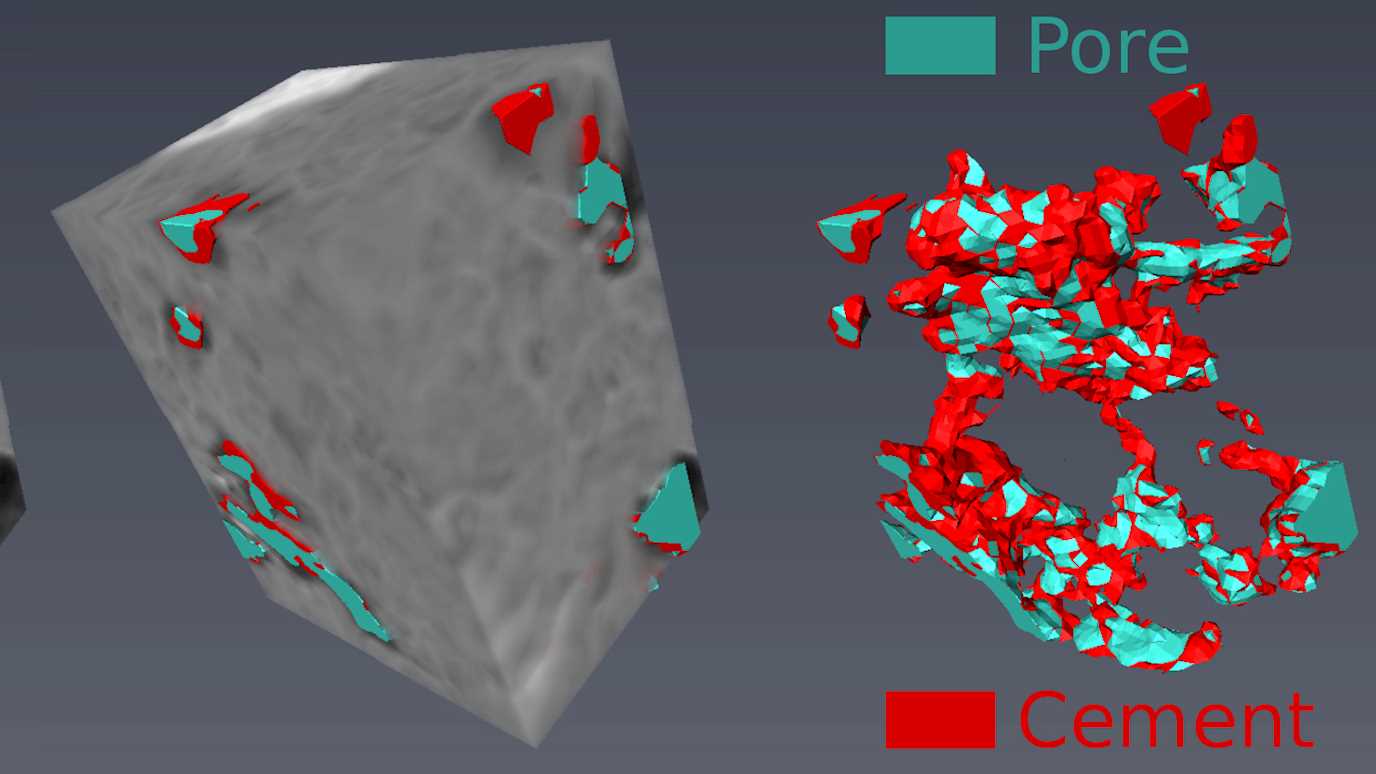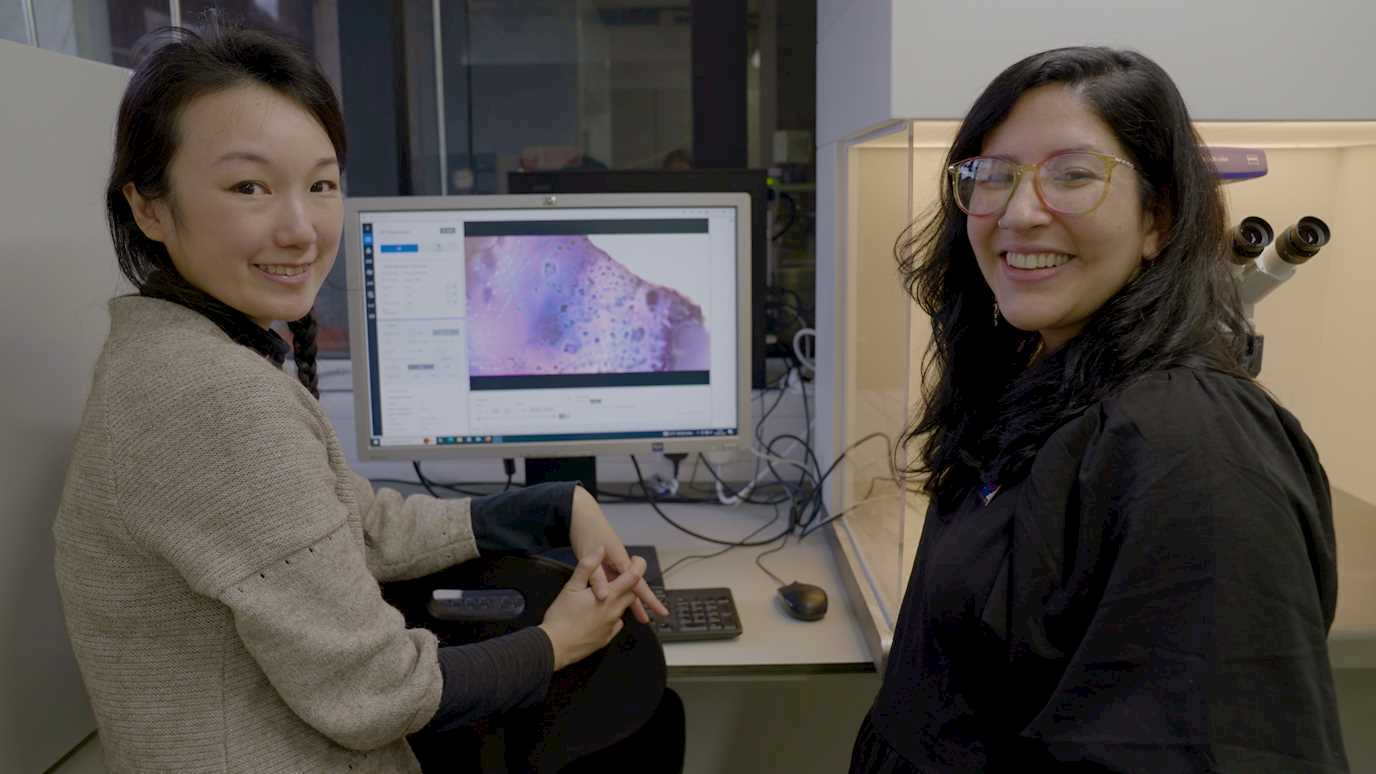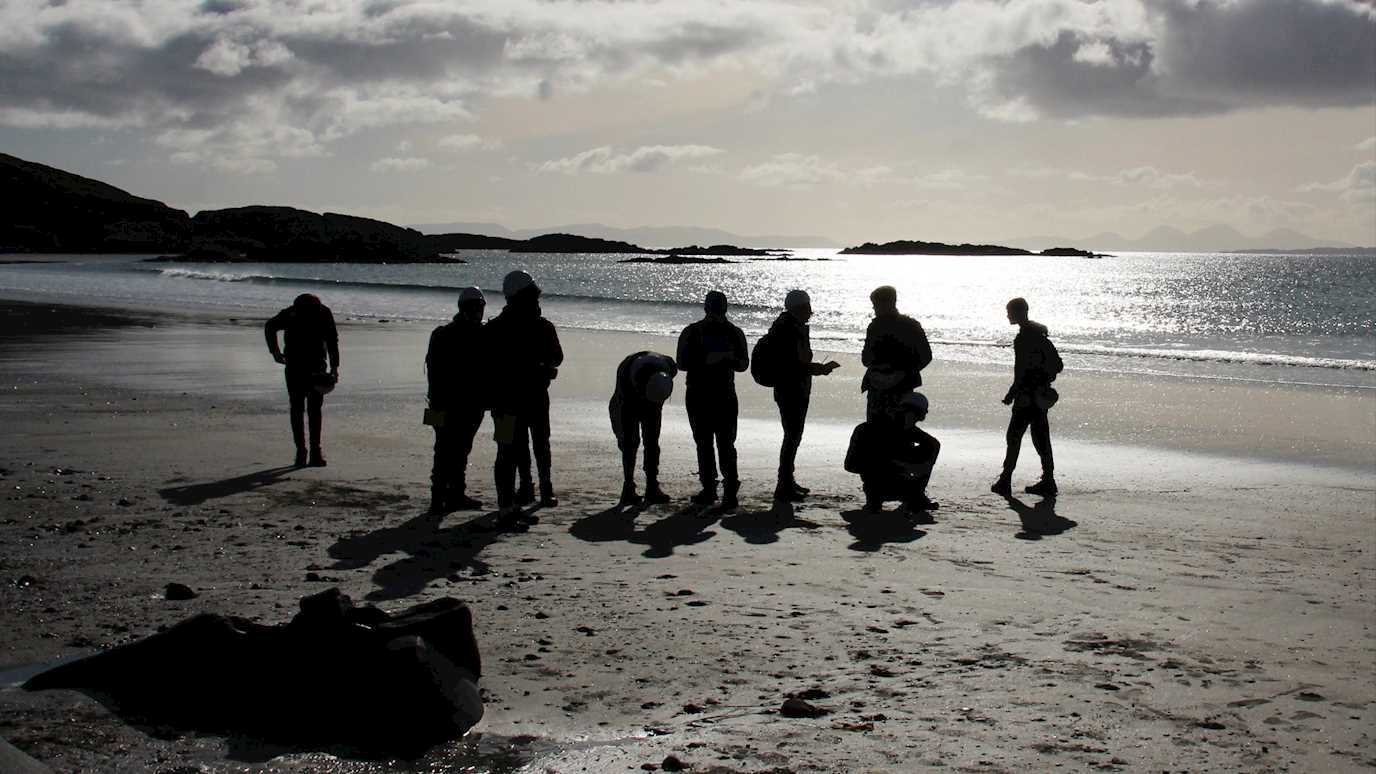Research by Dr Saswata Hier-Majumder to capture carbon dioxide in the atmosphere and store it permanently in rocks underground involves massive simulations that run on Oracle Cloud.

As anthropogenic carbon emission increases to unprecedented levels exceeding 40 billion tons of CO2 per year, drastic measures need to be taken to reduce atmospheric CO2. Regulations limiting CO2 emission is one mechanism, but another mechanism is offsetting carbon emissions by carbon capture and sequestration (CCS). CCS involves capturing atmospheric CO2, injecting it underground in a liquid form, and eventual absorption of the liquid CO2 as solid carbonate minerals. Saswata Hier-Majumder and his research group—in collaboration with Oracle, the UK Geoenergy Observatory project, and the London Natural History Museum—are working on identifying potential sites for CCS in the UK and abroad. Currently, world-wide CCS operations offset only one-thousandth of the total CO2 emission, underlining the urgent need to study the suitability of CCS operations in new rock types and locations.
Hier-Majumder ‘s research group based at the Department of Earth Sciences at Royal Holloway, involving PhD students Ryan Payton, Yizhuo Sun, and Paul-Ross Thomson, studies the efficiency of trapping atmospheric carbon in different rock types and geological features using high performance computing and image analysis using Oracle’s cloud computing infrastructure.
This group has developed an open source software, to simulate the storage of atmospheric CO2 into the subsurface. The group also studies high resolution 3D microtomographic images of real rocks and predicts the suitability of the formations containing these rocks as future sites for carbon storage.
This collaboration is supported by Oracle for Research, an initiative to help researchers take on some of the world’s most pressing problems and yield measurable results within the next five years. As part of the program, Oracle is providing researchers with cloud computing resources, technical support, and data expertise. Royal Holloway’s simulation also runs on Oracle Cloud Infrastructure, which lets researchers pick the amount of memory and threads needed to process the massive amounts of scanned images in a way that the team’s previous, on-premises computing options couldn’t. Hier-Majumder comments: “Oracle has helped us break the barrier of how much computational power we have in the lab.”
























